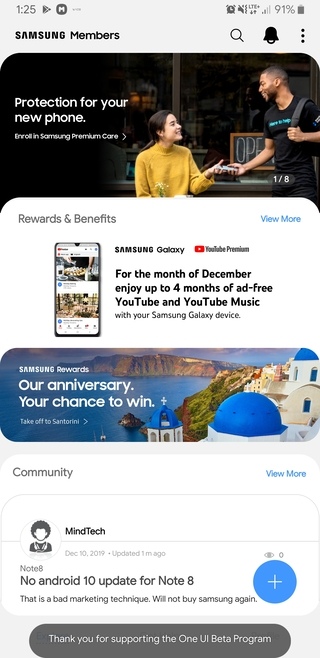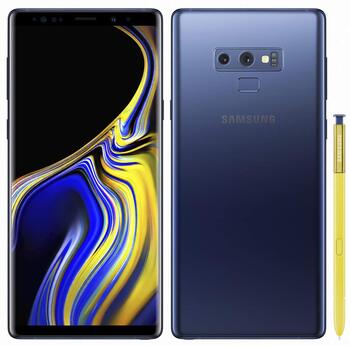After releasing the stable Android 10 update for the Exynos-powered global variant of Galaxy S10, Samsung is looking after the legacy flagships. Interestingly, Galaxy Note 10 has yet to receive the stable OTA although the Canadian model ‘accidentally’ picked it up a few days ago.

Matter of fact, Samsung made the whole beta initiative pretty much restricted. In most of the cases, US Snapdragon models are completely excluded. The Korean OEM probably wanted to skip all the carrier specific shenanigans, so they opted for unlocked models in the Note 10 beta testing.
We know that the company is actively testing the Android 10 builds for various models, and they just decided to expand a little. Rejoice US owners of the Galaxy Note 9 as your model is finally supported!

Well, there is a small catch. Once again, carrier variants (SM-N960U) are excluded, so users rocking the unlocked model (SM-N960U1) are eligible at this moment. It is possible to cross-flash and convert the former, but the whole thing is beyond the scope of this article.
Moreover, the first beta build is already rolling out across the country. Carrying the version number ZSL2, the build comes with December patch and bundles the usual One UI 2.0 specific goodies like full screen gestures, Digital Wellbeing, better dark mode implementation and more.

TBH, the changelog is gigantic. Those who are interested are welcome to take a look at the complete list of changes by taking a look at this post.
It is really good to see that Samsung is covering different hardware variants under the One UI 2.0 beta program. The Exynos Galaxy Note 9 received their second beta build slightly more than a week ago. Judging from the trend, we should see the stable rollout pretty soon.

Have you got the beta on your unlocked Galaxy Note 9 yet? Let us know by commenting below.
PiunikaWeb started as purely an investigative tech journalism website with main focus on ‘breaking’ or ‘exclusive’ news. In no time, our stories got picked up by the likes of Forbes, Foxnews, Gizmodo, TechCrunch, Engadget, The Verge, Macrumors, and many others. Want to know more about us? Head here.


